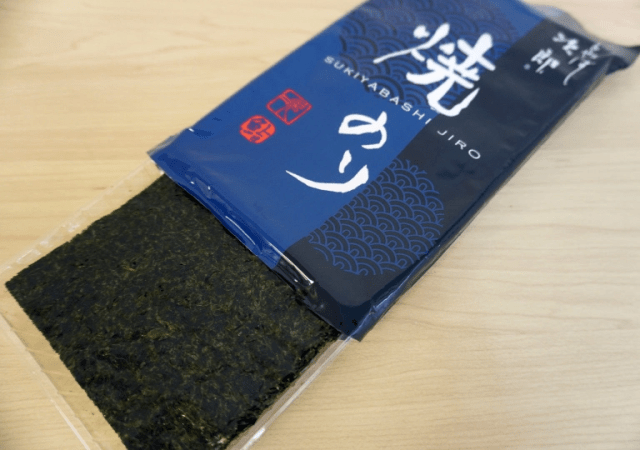
Mr. Sato whips up a batch of onigiri with a little help from Sukibayashi Jiro.
The other day, we were startled when we walked into SoraNews24 headquarters and saw Mr. Sato already hard at work. However, our crack reporter wasn’t using his hands to pound out an article on a keyboard, but to shape a plate’s worth of onigiri (rice balls).
▼ Say what you want about him, but you can’t deny that Mr. Sato is always a sharp dressed man.
“Don’t worry, I’m making enough for everybody!” he assured us, but honestly that just made us worry more. Much as we love the guy, he’s got some unusual eating habits, and we didn’t feel any safer when he boasted that he was using a very special ingredient.
After all, the last time Mr. Sato whipped up a batch of rice balls for the office, the special ingredient was salt made from his own sweat.
But luckily, this time he was putting his faith in something much classier and far less insane. It turns out that Sukibayashi Jiro, the world’s most famous sushi restaurant, also sells yaki nori, Japanese-style roasted seaweed. Since sushi restaurants always need nori for sushi rolls, Sukibayashi Jiro produces its own, and also sells it to shoppers through its Jiro International management company.
Even mail-order, Sukibayashi Jiro is committed to an elegant eating experience. Inside the box that the nori ships in is a fancy letter thanking you for your purchase.
The nori package itself is surrounded by multiple padding packs, to keep the seaweed from tearing or crumbling on its journey to your home.
▼ Just about the prettiest piece of nori we’ve ever seen.
Sukibayashi Jiro informs us that “This nori is called aomajiri, and is a harmonization of high-class black nori and green nori, the latter of which has a faint astringency. Its most noticeable characteristic is the indescribable aroma of the sea.”
With that regal description, and Mr. Sato’s promise that this time he was using regular, store-bought salt to season the onigri, we decided to try them.
We assembled a group of five taste testers, and all of them agreed that the rice itself was nothing special. And really, that wasn’t a surprise, since Mr. Sato spent so much time dressing up that he didn’t have time to actually cook the rice in a rice cooker, and instead just used some microwavable rice packs he got at the convenience store across the street from our office.
However, our panel was also unanimous in their impression that the nori was really good. While three of them felt the difference was slight (though noticeable), our remaining two taste testers, perhaps possessing palates of greater culture, thought Sukibayashi Jiro’s nori was clearly on another level compared to ordinary varieties. “Just as you’d expect, this is different. The nori remains a major presence as you eat the rice ball,” commented one, while another praised the “elegant aroma,” which Sukibayashi Jiro itself had said was something we’d enjoy.
It’s worth pointing out that Sukibayashi Jiro primarily recommends its nori for use in sushi rolls, as it says the nori is prepared in such a way as to make it pair exceptionally well with the particular kind of vinegar the restaurant uses in making its fabled sushi rice. Luckily, you get 10 sheets in the 2,000-yen (US$18) pack, enough to try it out in multiple dishes, and if you’re ready to taste Sukibayashi Jiro nori for yourself, it can be ordered here through Amazon.
Photos ©SoraNews24
● Want to hear about SoraNews24’s latest articles as soon as they’re published? Follow us on Facebook and Twitter!
[ Read in Japanese ]
Follow Casey on Twitter, where he was shocked when he learned in the third grade that people eat seaweed in Japan, and never imagined he’d end up eating so much of it himself.
[ Read in Japanese ]

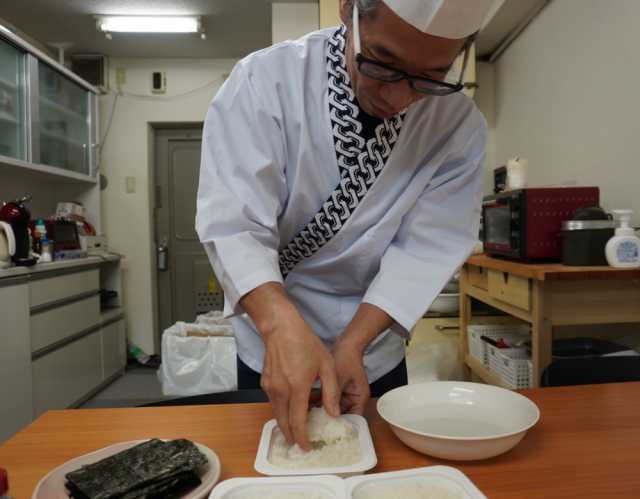
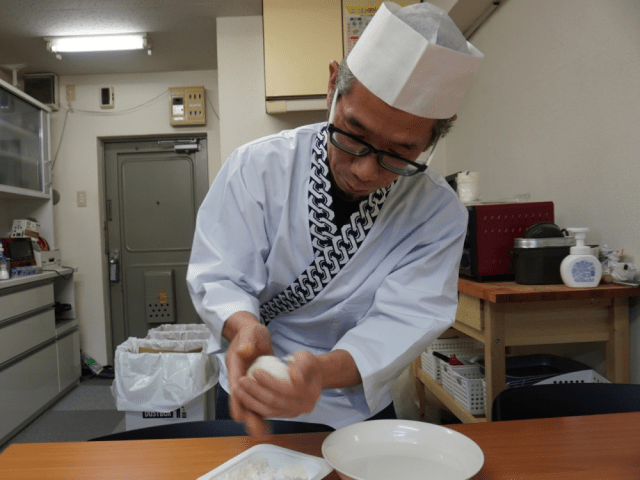
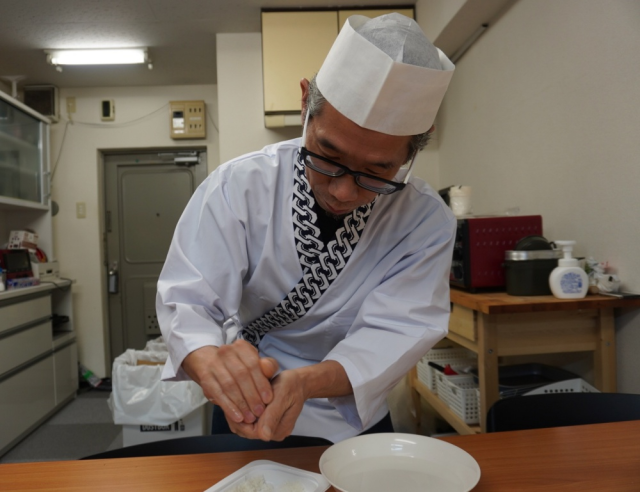
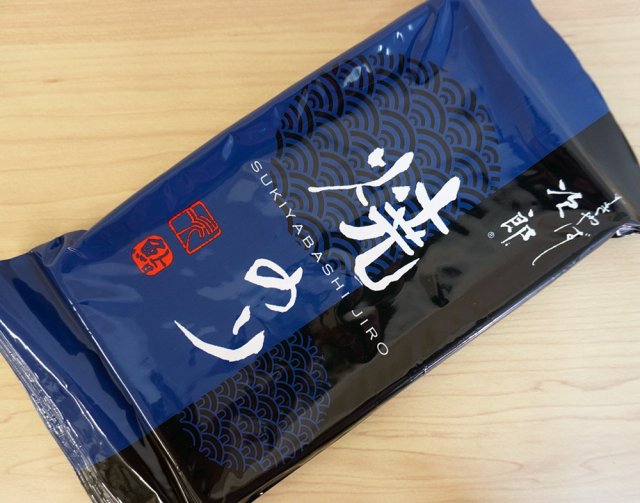
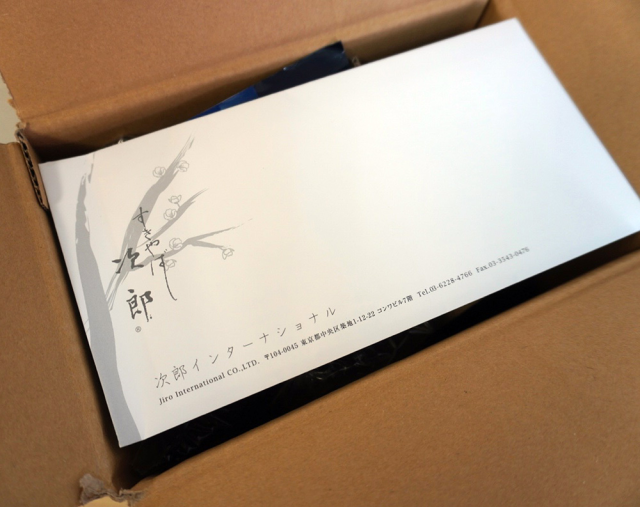
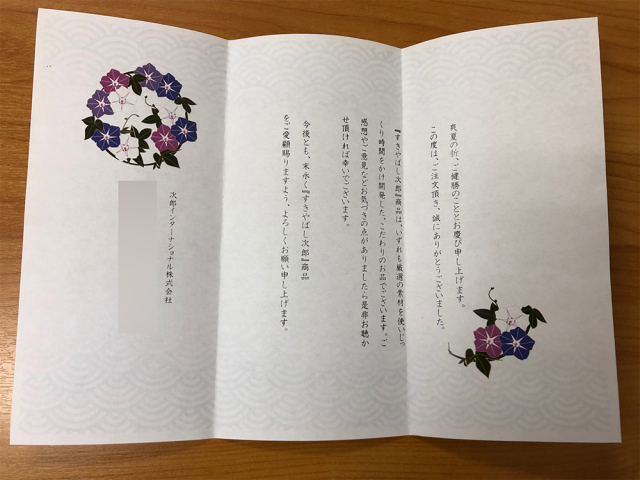
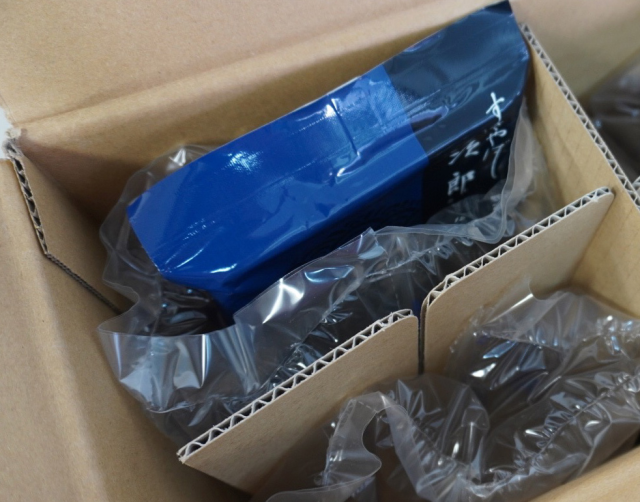
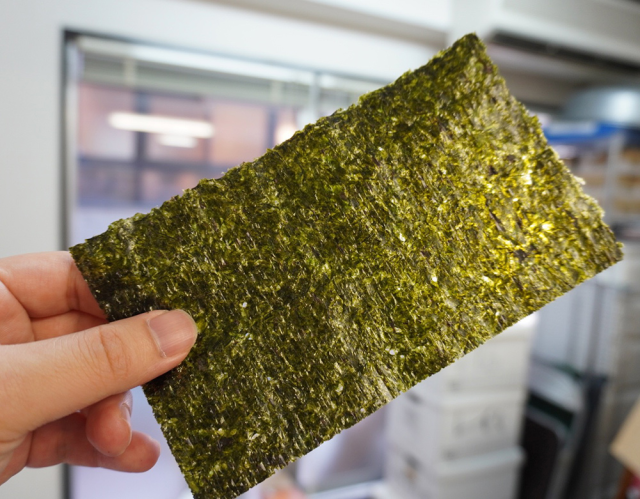
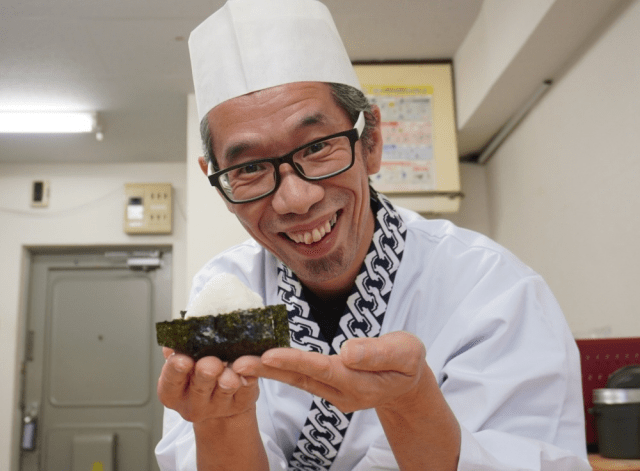
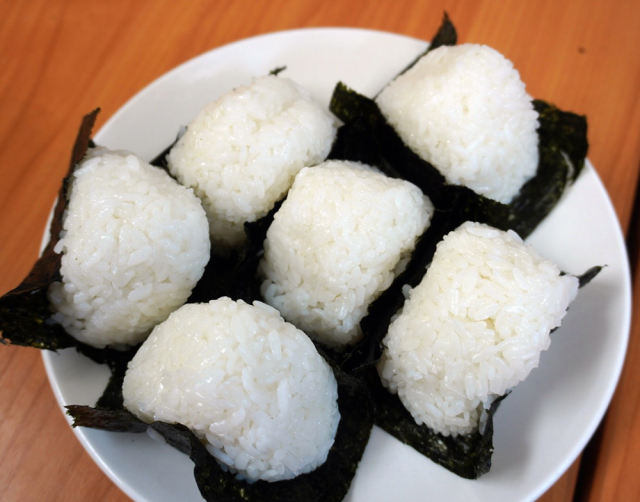
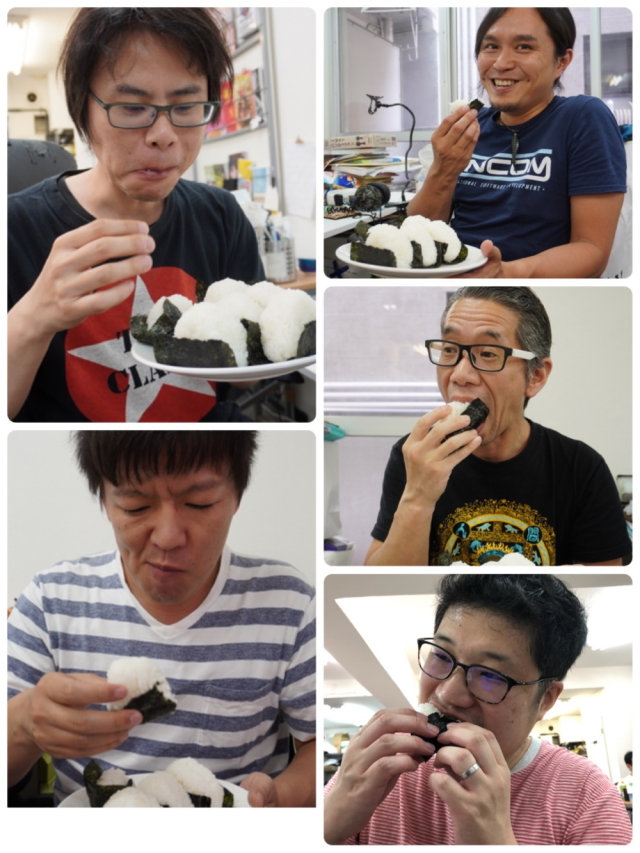

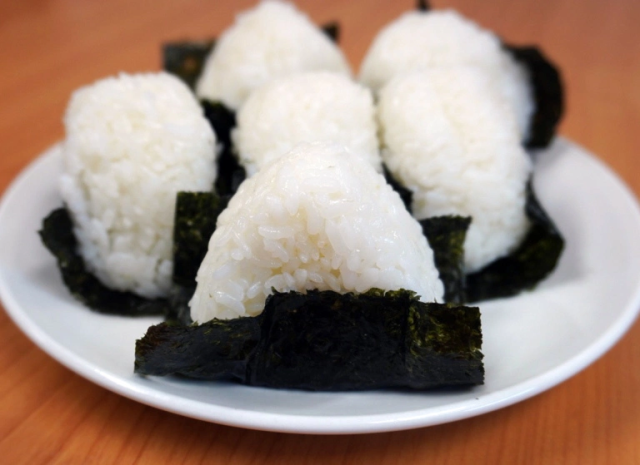
 21 photos of Sukiyabashi Jiro sushi, probably the best in all the world
21 photos of Sukiyabashi Jiro sushi, probably the best in all the world Why Gonpachi Nori-Temaki in Harajuku is a great Japanese restaurant for foreign tourists
Why Gonpachi Nori-Temaki in Harajuku is a great Japanese restaurant for foreign tourists Sukiyabashi Jiro Sushi Rice: How good is rice from Japan’s legendary sushi restaurant?
Sukiyabashi Jiro Sushi Rice: How good is rice from Japan’s legendary sushi restaurant? 7-Eleven’s new Ebiten tempura shrimp rice ball is premium in both taste AND cost
7-Eleven’s new Ebiten tempura shrimp rice ball is premium in both taste AND cost We ate a pickled tapioca bubble rice bowl and it was un-bowl-lievable
We ate a pickled tapioca bubble rice bowl and it was un-bowl-lievable How to order snacks on a Shinkansen bullet train in Japan
How to order snacks on a Shinkansen bullet train in Japan Japan’s new difficult-to-drink-from beer glass protects your liver, but it’s a brutal experience
Japan’s new difficult-to-drink-from beer glass protects your liver, but it’s a brutal experience Burger King Japan suddenly adds Dr. Pepper and Dr. Pepper floats to its menu nationwide
Burger King Japan suddenly adds Dr. Pepper and Dr. Pepper floats to its menu nationwide Demon Slayer: Kimetsu no Yaiba gets new roller coaster attractions and food at Universal Studios Japan
Demon Slayer: Kimetsu no Yaiba gets new roller coaster attractions and food at Universal Studios Japan Hello, cosmetics! Clinique teams up with Hello Kitty this summer for first-time collaboration
Hello, cosmetics! Clinique teams up with Hello Kitty this summer for first-time collaboration Kyoto Tower mascot termination reveals dark side behind cute Japanese characters
Kyoto Tower mascot termination reveals dark side behind cute Japanese characters Nintendo history you can feel – Super NES, N64, and GameCube controllers become capsule toys
Nintendo history you can feel – Super NES, N64, and GameCube controllers become capsule toys This Nara workshop has been making deer crackers for more than 100 years and offers tours【Photos】
This Nara workshop has been making deer crackers for more than 100 years and offers tours【Photos】 High-fashion Totoro cuddle purse is like an elegant stroll in the forest【Photos】
High-fashion Totoro cuddle purse is like an elegant stroll in the forest【Photos】 Legendary Melon Bread by Tokyo Banana returns after 20-year absence【Taste Test】
Legendary Melon Bread by Tokyo Banana returns after 20-year absence【Taste Test】 “The most Delicious Cup Noodle in history” – Japan’s French Cup Noodle wins our heart【Taste test】
“The most Delicious Cup Noodle in history” – Japan’s French Cup Noodle wins our heart【Taste test】 Starbucks releases a cute Frappuccino and Unicorn Cake…but not in Japan
Starbucks releases a cute Frappuccino and Unicorn Cake…but not in Japan McDonald’s Japan’s Soft Twist Tower: A phantom ice cream only sold at select branches
McDonald’s Japan’s Soft Twist Tower: A phantom ice cream only sold at select branches Yabai Ramen: What makes this Japanese ramen so dangerous?
Yabai Ramen: What makes this Japanese ramen so dangerous? Finally! Nintendo Japan expands Switch 8-bit controller sales to everybody, Online member or not
Finally! Nintendo Japan expands Switch 8-bit controller sales to everybody, Online member or not Japanese government wants to build luxury resorts in all national parks for foreign tourists
Japanese government wants to build luxury resorts in all national parks for foreign tourists To combat declining birth rate, Japan to begin offering “Breeding Visas” to foreigners
To combat declining birth rate, Japan to begin offering “Breeding Visas” to foreigners 10 things you should buy at 7-Eleven in Japan
10 things you should buy at 7-Eleven in Japan Studio Ghibli releases anime heroine cosplay dresses that are super comfy to wear
Studio Ghibli releases anime heroine cosplay dresses that are super comfy to wear Woman charged for driving suitcase without a license in Osaka
Woman charged for driving suitcase without a license in Osaka Studio Ghibli unveils My Neighbour Totoro miniature house model
Studio Ghibli unveils My Neighbour Totoro miniature house model Kyoto experiencing problems with foreign tourists not paying for bus fares, but not on purpose
Kyoto experiencing problems with foreign tourists not paying for bus fares, but not on purpose Fighting mild hunger with a Japanese soda that turns into jelly in the stomach【Taste test】
Fighting mild hunger with a Japanese soda that turns into jelly in the stomach【Taste test】 Studio Ghibli’s Howl’s Moving Castle tapestry unveiled in Japan for first time
Studio Ghibli’s Howl’s Moving Castle tapestry unveiled in Japan for first time McDonald’s new Happy Meals offer up cute and practical Sanrio lifestyle goods
McDonald’s new Happy Meals offer up cute and practical Sanrio lifestyle goods Sales of Japan’s most convenient train ticket/shopping payment cards suspended indefinitely
Sales of Japan’s most convenient train ticket/shopping payment cards suspended indefinitely Sold-out Studio Ghibli desktop humidifiers are back so Totoro can help you through the dry season
Sold-out Studio Ghibli desktop humidifiers are back so Totoro can help you through the dry season Japanese government to make first change to romanization spelling rules since the 1950s
Japanese government to make first change to romanization spelling rules since the 1950s Foreigner’s request for help in Tokyo makes us sad for the state of society
Foreigner’s request for help in Tokyo makes us sad for the state of society Ghibli founders Toshio Suzuki and Hayao Miyazaki contribute to Japanese whisky Totoro label design
Ghibli founders Toshio Suzuki and Hayao Miyazaki contribute to Japanese whisky Totoro label design Doraemon found buried at sea as scene from 1993 anime becomes real life【Photos】
Doraemon found buried at sea as scene from 1993 anime becomes real life【Photos】 Tokyo’s most famous Starbucks is closed
Tokyo’s most famous Starbucks is closed Princesses, fruits, and blacksmiths: Study reveals the 30 most unusual family names in Japan
Princesses, fruits, and blacksmiths: Study reveals the 30 most unusual family names in Japan Cat shaped seaweed can turn even the most unappetising meals into adorable works of art
Cat shaped seaweed can turn even the most unappetising meals into adorable works of art Slow News Day Special: We cook pasta with Tokyo Bay seawater
Slow News Day Special: We cook pasta with Tokyo Bay seawater Who’s got the best, cheapest one-person sushi delivery in downtown Tokyo? Mr. Sato investigates!
Who’s got the best, cheapest one-person sushi delivery in downtown Tokyo? Mr. Sato investigates! Japan Railways recently revealed ramen-style rice balls in its convenience stores
Japan Railways recently revealed ramen-style rice balls in its convenience stores We try a rotating sushi chain’s super high-quality 3-layer caviar, sea urchin & fatty tuna sushi
We try a rotating sushi chain’s super high-quality 3-layer caviar, sea urchin & fatty tuna sushi The best place to eat Japanese breakfast for US$2: Cheap food hack for locals and tourists
The best place to eat Japanese breakfast for US$2: Cheap food hack for locals and tourists Beyond rice balls: How to make an edible onigiri rice cat【Video】
Beyond rice balls: How to make an edible onigiri rice cat【Video】 Make your best-tasting onigiri taste even better with this easy recipe! 【RocketKitchen】
Make your best-tasting onigiri taste even better with this easy recipe! 【RocketKitchen】 The Unagyu Burger Kit’s ultra expensive/ultra cheap mixture is here, and it’s time to taste test it
The Unagyu Burger Kit’s ultra expensive/ultra cheap mixture is here, and it’s time to taste test it Sushi and onigiri rice balls get a new look with rollable furikake
Sushi and onigiri rice balls get a new look with rollable furikake Around Japan in 47 rice balls: Mr. Sato buys each prefecture’s musubi all from one Tokyo shop
Around Japan in 47 rice balls: Mr. Sato buys each prefecture’s musubi all from one Tokyo shop $89 “Phantasmal Sushi Roll” fancies up life with Matsusaka beef and truffle salt 【Taste Test】
$89 “Phantasmal Sushi Roll” fancies up life with Matsusaka beef and truffle salt 【Taste Test】 These beautiful pieces of sushi aren’t actually sushi
These beautiful pieces of sushi aren’t actually sushi Restaurant in Asakusa offers up itty-bitty sushi made with just a single grain of rice!
Restaurant in Asakusa offers up itty-bitty sushi made with just a single grain of rice! Japanese condiment company Kikkoman encourages Brits to desecrate white rice with tasty sauce
Japanese condiment company Kikkoman encourages Brits to desecrate white rice with tasty sauce Using Starbucks Japan’s hot water to make ochazuke, one of Japan’s best comfort foods
Using Starbucks Japan’s hot water to make ochazuke, one of Japan’s best comfort foods
Leave a Reply